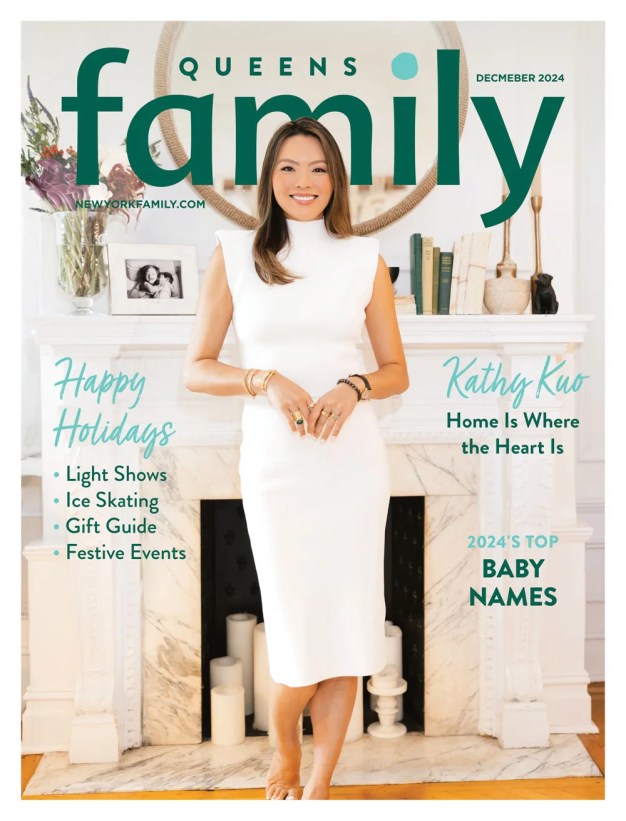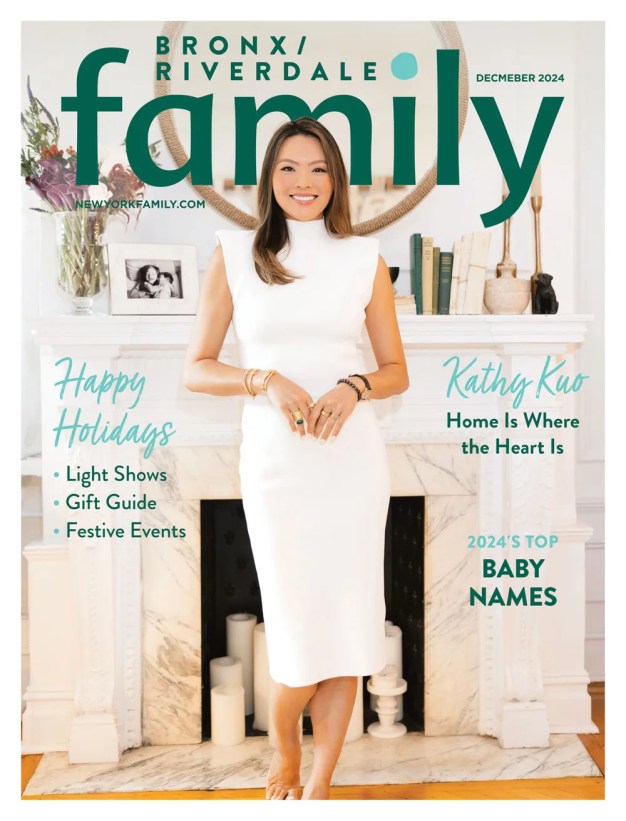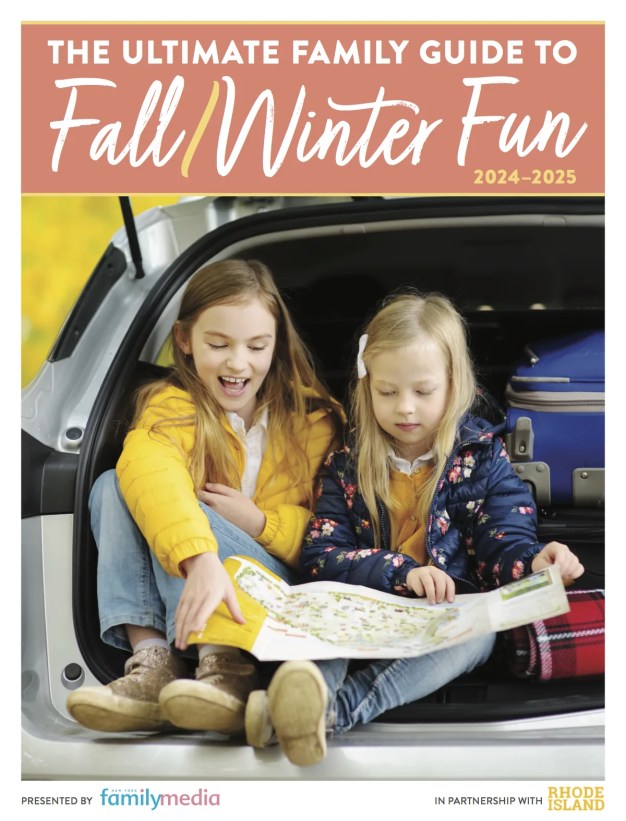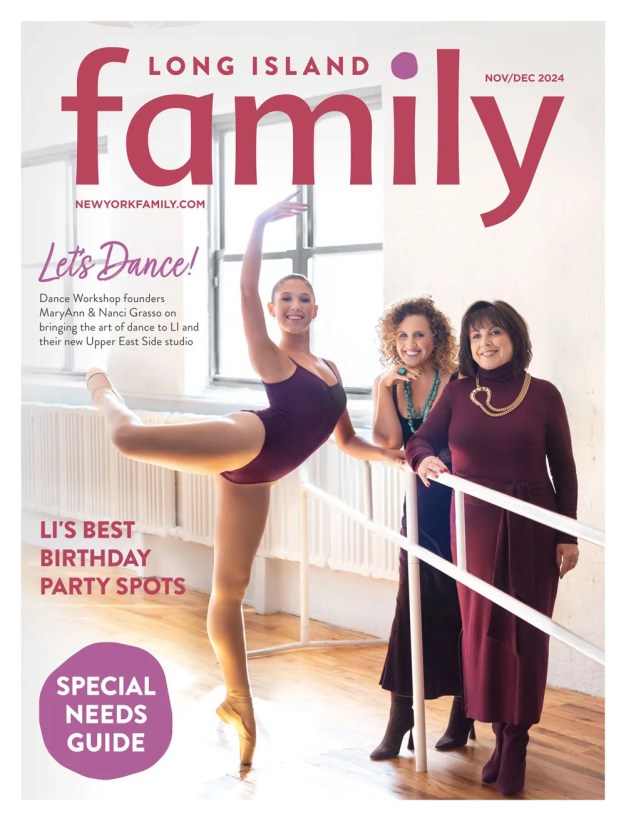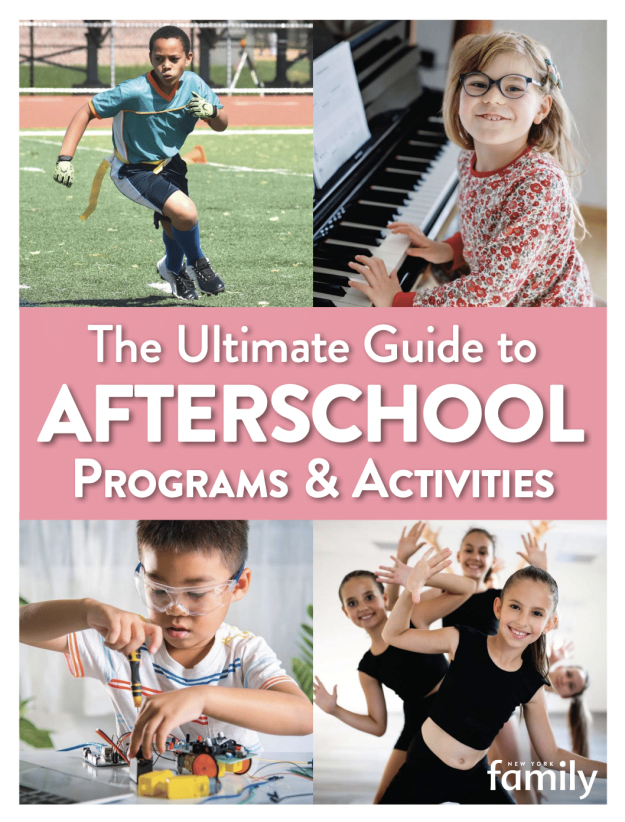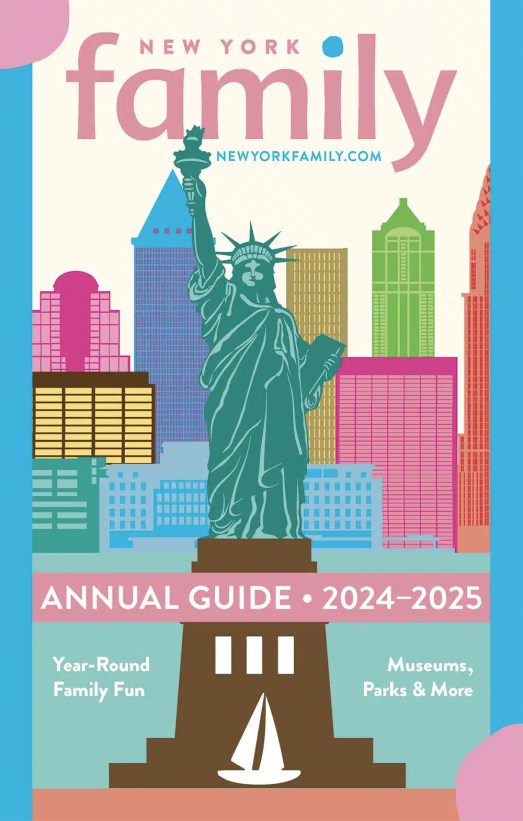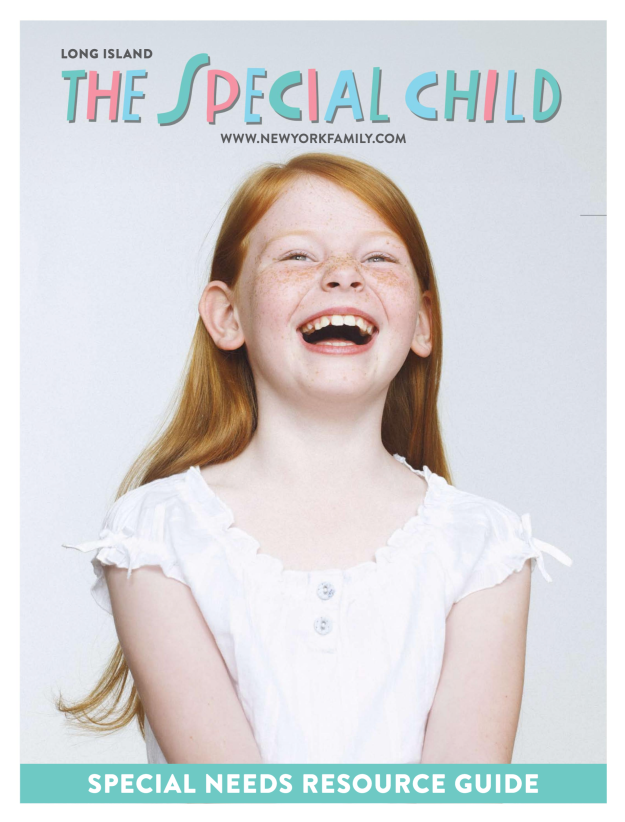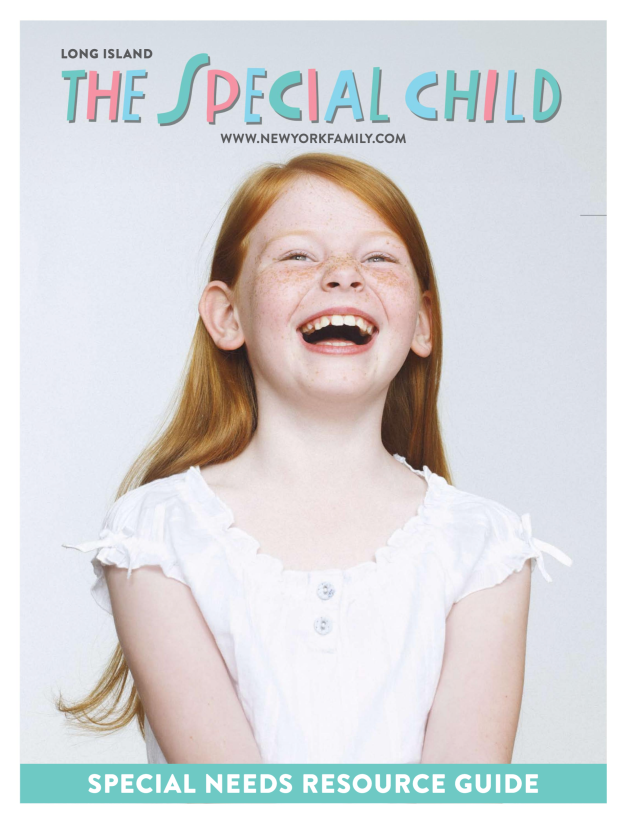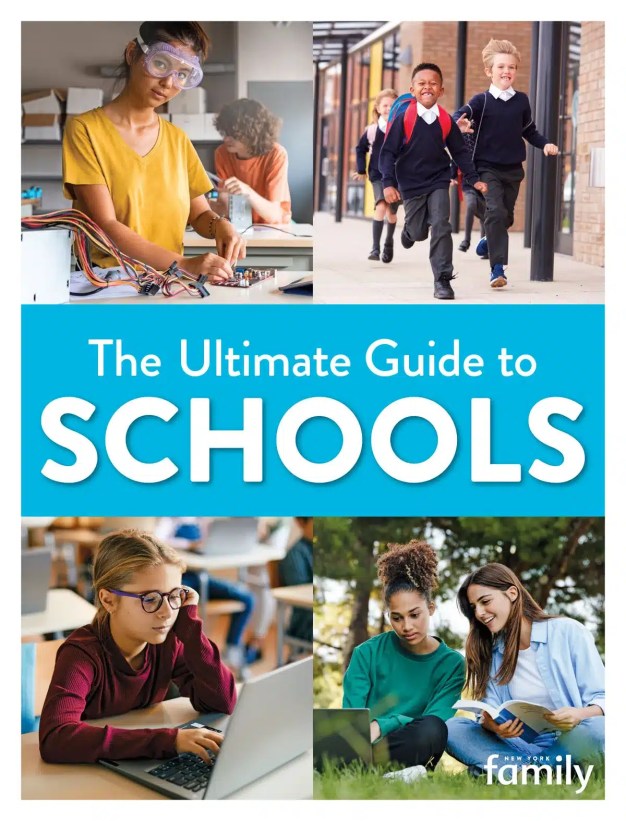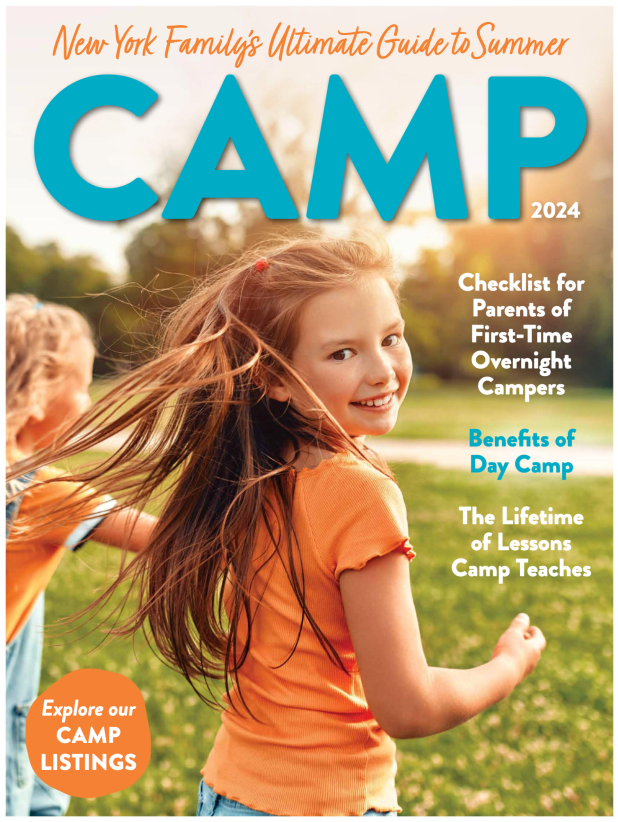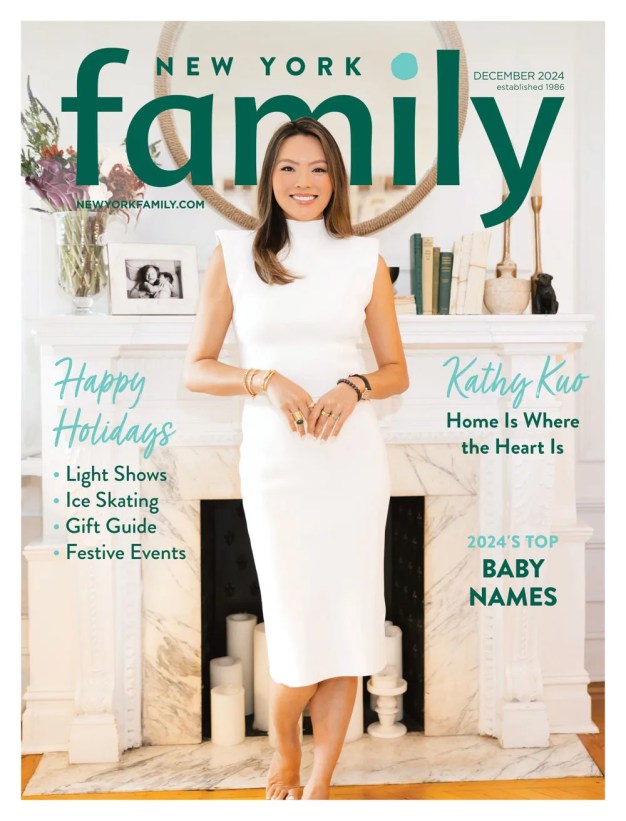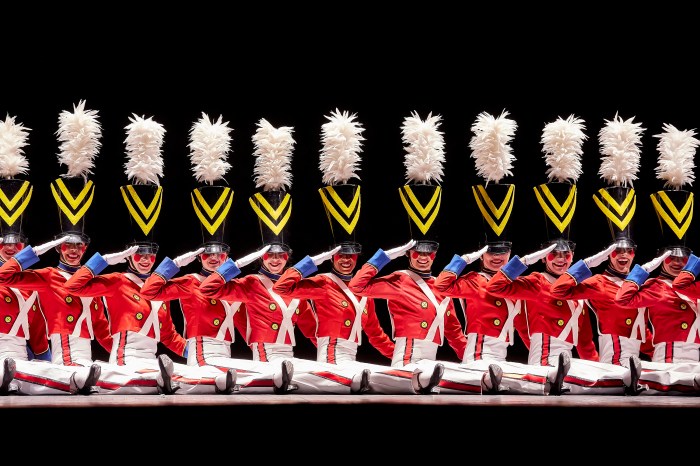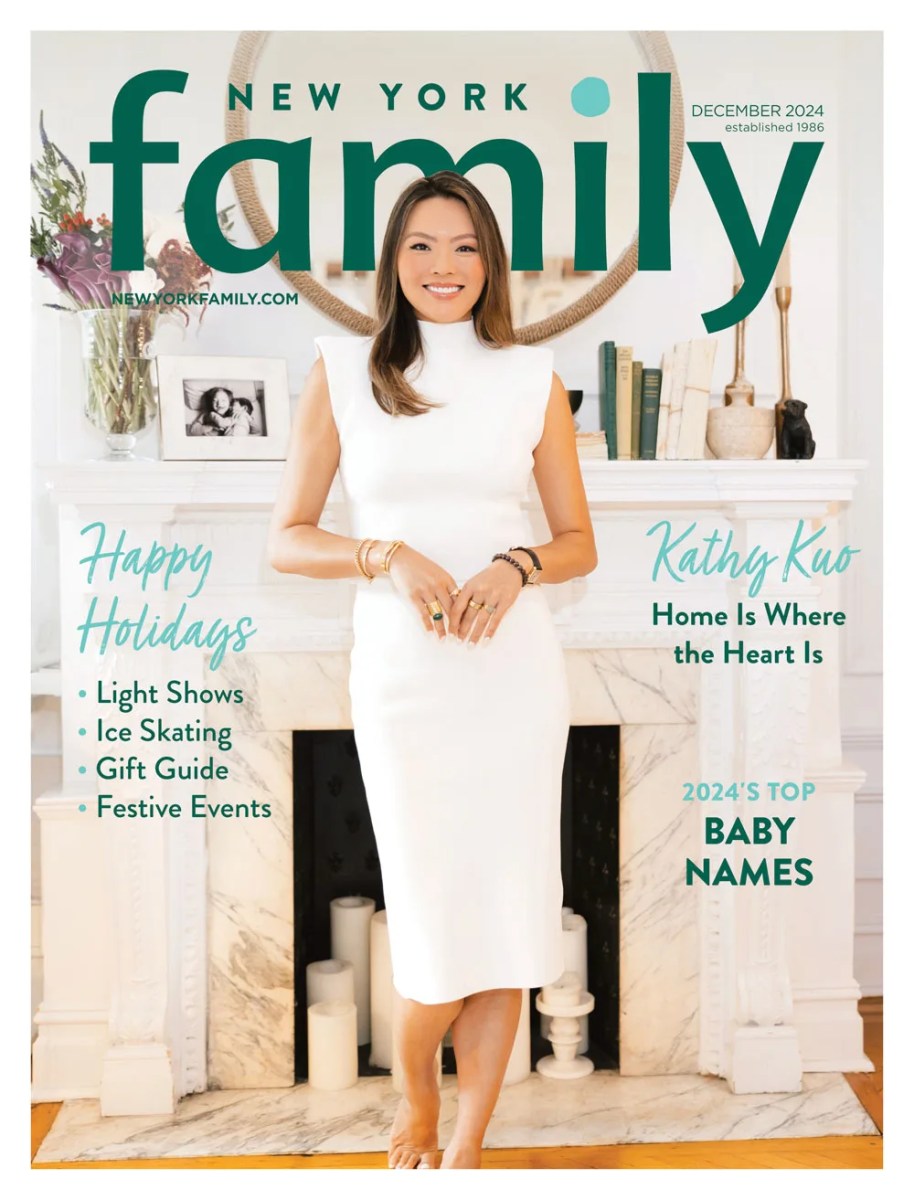As you stand in the toy aisle contemplating what new doll or gadget to bring to next week’s birthday party, it can be helpful to know that there are certain things that separate the good toys from the average. We asked three toy reviewers—speech pathologist Shari Harpaz, physical therapist Deanie Barth (both consultants for the educational toy website eBeanstalk.com), and Dr. Stevanne Auerbach, also known as “Dr. Toy” of drtoy.com—for what to look for in a toy at every developmental stage.
0-12 MONTHS
What to look for: “The focus is on fine and gross motor skills more than anything else,” says Harpaz.
A Few Recommendations:
0-6 months:
•Whoozit from Manhattan Toy (Harpaz)
•Mobiles and activity mats from Tiny Love (Auerbach)
6-12 months:
•Soft blocks or stacking ring toys like the Kushies Boa Stacker
•Chomp and Clack Alligator Push Toy by Melissa and Doug
•Together Tunes Block by Small World Toys with nursery songs. (Barth)
1-2 YEARS
What to look for: Children in this age range are working on their language skills and starting to develop words. “Symbolic toys where they can enact scenes help with language development,” says Harpaz.
A Few Recommendations:
•The Three Little Pigs Playset by Melissa and Doug
•Baby Farm Friends Bowling by International Playthings (Harpaz)
2-3 YEARS
What to look for: Food toys, puppets, or even a simple dollhouse can reinforce imaginative play. “Look for toys and games that teach turn-taking and following directions (without winning and losing), encourage fine motor and problem solving skills, and develop symbolic play skills and language, imagination and social skills,” says Harpaz.
A Few Recommendations:
•Snail’s Pace Race by Ravensburger
•Kitchen and Wooden Play Food Groups by Melissa and Doug
•Wedgits Junior Set by ImagAbility (Harpaz)
3-5 YEARS
What to look for: At three years old, play turns to more advanced scenarios as children become more imaginative. “Kids may begin to prefer more gender-specific toys, such as pirate ship themes for boys or castles for girls. Improved motor skills also mean toys can shift from soft to harder plastic ones,” says Harpaz.
Ages four and up can begin playing board games as they begin to understand the concepts of winning and losing. “Playing with costumes and dressing up are also popular with this age group,” says Harpaz.
“Toys for four and up should be geared towards enhancing balance, coordination and sport-specific skills such as throwing, jumping, or standing on one leg,” says Barth.
A Few Recommendations:
•Walking Bike by LikeABike (Barth)
•Make your own Postcards/Frames
•Poppa’s Pizza Pile Up by International Playthings
•Movin’ Monkeys Building Set by Learning Resources (Harpaz)
6-8 YEARS
What to look for: Kids can start riding bicycles, learn to rollerskate and rollerblade, and throw balls overhead with more precision. Any toys that encourage hopping, skipping, and jumping are great, suggests Barth.
“Children at this age like toys that they can learn new interesting facts that they then can share with others,” says Harpaz.
A Few Recommendations:
•Gripper Balls by Saturian Toys
•Hopscotch board by Alex toys
•Swing sets, jungle gyms, and tumbling mats (Barth)
•Advanced Legos
•Junior Labyrinth by Ravensburger
•Amazing Animal Trivia Game by International Playthings (Harpaz)
8-10 YEARS
What to look for: At this age, there are lots of areas to choose from. “Active toys develop large and small muscles, creative toys develop imagination, and educational toys enhance learning in reading, writing, math, science, or geography,” says Auerbach.
A Few Recommendations:
•Skates, jump ropes, and construction-themed, and adventure toys
•Musical instruments, art supplies, crafts, a dollhouse, or a train layout
•Chess set, strategy board game, a book, science project, telescope (Auerbach)

